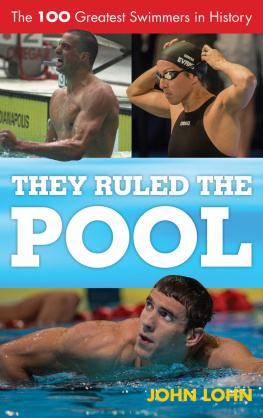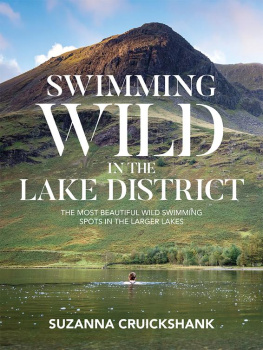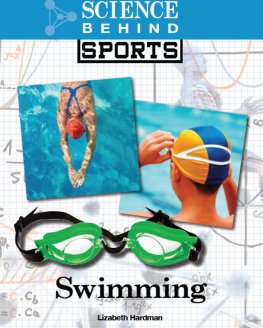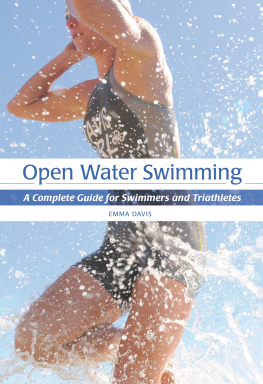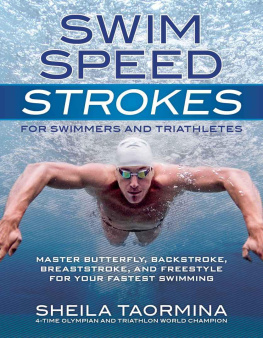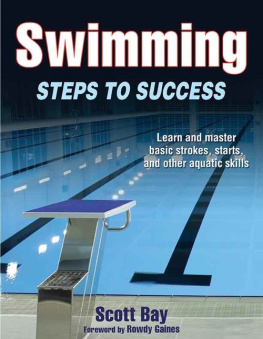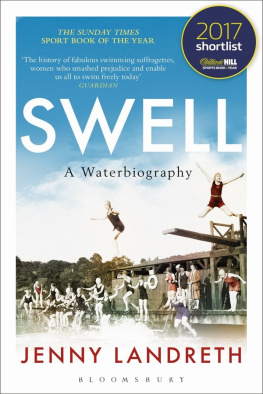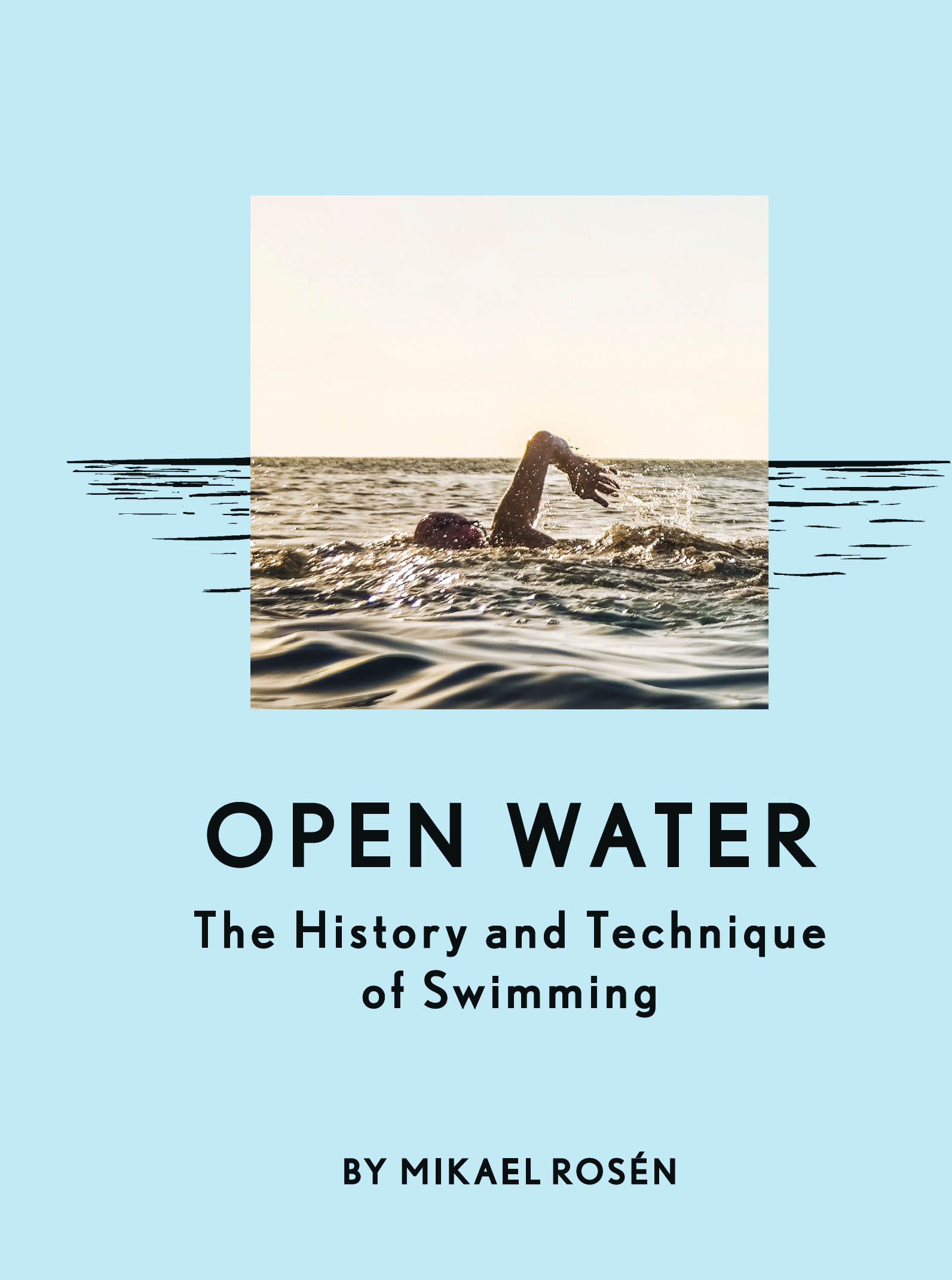

FIRST PUBLISHED IN THE UNITED STATES IN 2019 BY CHRONICLE BOOKS LLC.
FIRST PUBLISHED IN SWEDEN IN 2016 BY PINTXO FRLAG.
TEXT COPYRIGHT 2019 BY MIKAEL ROSN.
PHOTOGRAPHS ON : COPYRIGHT JAKOB EDHOLM/TILL
PHOTOGRAPH ON : COURTESY OF WIKIMEDIA COMMONS, PD-US-NO NOTICE
PHOTOGRAPH ON
PHOTOGRAPHS ON : COURTESY OF MIKAEL ROSN
PHOTOGRAPH ON : BY FRANK R. SNYDER, COURTESY OF MIAMI UNIVERSITY LIBRARIES DIGITAL COLLECTION
PHOTOGRAPH ON : COURTESY OF ANDERS MALM
PHOTOGRAPH ON : COPYRIGHT NADJA ODENHAGE/ TILL
PHOTOGRAPH ON : COURTESY OF NATIONAL MARITIME MUSEUM, GREENWICH, LONDON, ILLUSTRATED LONDON NEWS COLLECTION
ALL RIGHTS RESERVED. NO PART OF THIS BOOK MAY BE REPRODUCED IN ANY FORM WITHOUT WRITTEN PERMISSION FROM THE PUBLISHER.
ISBN 978-1-4521-7003-9 (EPUB, MOBI)
LIBRARY OF CONGRESS CATALOGING-IN-PUBLICATION DATA AVAILABLE.
ISBN 978-1-4521-6994-1 (HARDCOVER)
ILLUSTRATIONS AND DESIGN BY FILIP RENSFELT AND FINNTORP GRAFISK FORM. US EDITION AND TYPESETTING BY KAREN HAMANA.
CHRONICLE BOOKS AND GIFTS ARE AVAILABLE AT SPECIAL QUANTITY DISCOUNTS TO CORPORATIONS, PROFESSIONAL ASSOCIATIONS, LITERACY PROGRAMS, AND OTHER ORGANIZATIONS. FOR DETAILS AND DISCOUNT INFORMATION, PLEASE CONTACT OUR PREMIUMS DEPARTMENT AT OR AT 1-800-759-0190.
CHRONICLE BOOKS LLC
680 SECOND STREET
SAN FRANCISCO, CALIFORNIA 94107
WWW.CHRONICLEBOOKS.COM
CONTENTS
Before Johnny Weissmuller played Tarzan in the movies 90 years ago, he was the worlds fastest swimmer. He claimed that his times would never be beaten. Nowadays, both senior citizens and children swim faster than Weissmuller. To understand how this is possible, we need to look at innovative Japanese swimmers, the breakthrough of the safety razor, and two top-notch swimmers who never got to swim in the Olympic Games.
In many ways swimming is an equal sport: men and women train together and people from all over the world are represented among the worlds top swimmers. But it hasnt always been that way. In this chapter we learn about African American swimmers in the United States, contemplate the possibilities for female swimmers to beat their male colleagues, and pay a visit to the Gay Games.
That swimmers spend an incredible amount of time in pools is well known, but to understand why requires diving deeply into sport physiology. Here we encounter parents who set their alarm at 3:45 a.m., a Swede who cannot race wisely, and coaches who destroy their swimmers. And we wonder if a young American has found a shortcut to success.
On land penguins look rather clumsy, but in their own element they swim up to three times faster than a well-trained human. This chapter investigates what swimmers can learn from penguins, dolphins, and other animals.
What is the optimal age for achieving a top performance? Is it possible to swim fast after thirty? How should you train when youre over the hill? We seek answers to these questions from three top-ranking Greek swimmers, in Eastern Germany, and from among the oldest senior citizens in Florida.
It is thought that swimmers are just swimmers. In this chapter we discover the exceptions, like the first person who combined swimming and running to go from point A to point B. We also investigate the story behind Island to Island and how many different sports in the Olympics a swimmer can compete in.
Ever since Lord Byron swam the Hellesponte in 1810, open water swimming has fascinated usbut it can be hazardous. Through archaeological finds in Egypt and from long distance swimmers whove cheated, we find out how it went for Matthew Webb, the first man who swam the English Channel.
Swimmers are often considered to have the most aesthetically pleasing bodies. Here we scan research to tell us what characteristics are particularly favorable to swimmers. We also seek the optimal body for a swimmer, by both trying to identify the right gene pool and going on a treasure hunt for what strength training makes swimmers swim faster.
Swimming is stacked with statistics. This section contains results and awards that are part of the ongoing history of swimming. It also includes training tools and tips.
FOREWORD
Mikael Rosn has written a book that takes an internationally collective approach to the history of swimming to offer perspective on where the sport came from and where it is now, so you can be better equipped to help progress it forward. While weaving in his personal perspective, he provides a comprehensive picture of the international world of competitive swimming, and offers inspiration to the grassroots noncompetitive swimming movements happening around the world.
Mikaels extensive education in medicine mixed with years of coaching experience gives him the ability to convey the science of swimming in an easily understandable way. Coaches of all experiences and ability levels will be able to take something from this book to add to their tool kits. Finally, Mikael shares with you his deep of knowledge of the swimming world from being Swedens Open Water National Coach since 2012.
Whether you are a swimming coach whos spent most of your life roaming pool decks or you are a part-time summer league coach doing your best to inspire the next generation, there comes a time when you need some help and perspective. I have turned to my mentors, colleagues, and friends for guidance when stuck with a difficult coaching dilemma. In your hands you hold the knowledge of one of the best mentors, colleagues, and friends anyone could ever have. Mikael has helped me on many occasions, which has led me to become one of the youngest Division I Power 5 conference head coaches in the NCAA. He takes a clear and relatable approach to help you become a better coach to your athletes, a better co-worker to your staff, an inspiration to the hardworking swimmer, and an understanding resource for the curious parent.
Jon Maccoll, head swimming coach at Rutgers University
INTRODUCTION

The year 1986 was a year of four disasters. The space shuttle Challenger exploded, the Soviet nuclear power plant in Chernobyl suffered a catastrophic accident, and the Prime Minister of Sweden was assassinated. It was also the year that my childhood pool burned down to the ground. Much later I was diagnosed with ADD and Aspergers, which is part of the autism spectrum.
Around the same time the swimming pool burned down, I was becoming a sort of Rain Man of swimming. The fire could have put a halt on this development, but instead, my team commuted twice a week for a year. I started to read Swimming World magazine and became fascinated by American swimming with the help of loving and devoted parents. Year after year I swam mornings, evenings, weekends, and holidays. As a late-blooming athlete I became a 19-time national champion, and I won second place in the Swimming World Cup, but I did not make Swedens Olympic team.
It is the inspiring people I met during my swims who keep me going. While swimming and coaching over the last 15 years, I have met people in over 40 countries who have stories to tell. I have been extra lucky to be a Swimrun pioneer and to work with some extraordinary athletes and the tough and ambitious open water swimmers on the Swedish national team.
Next page

